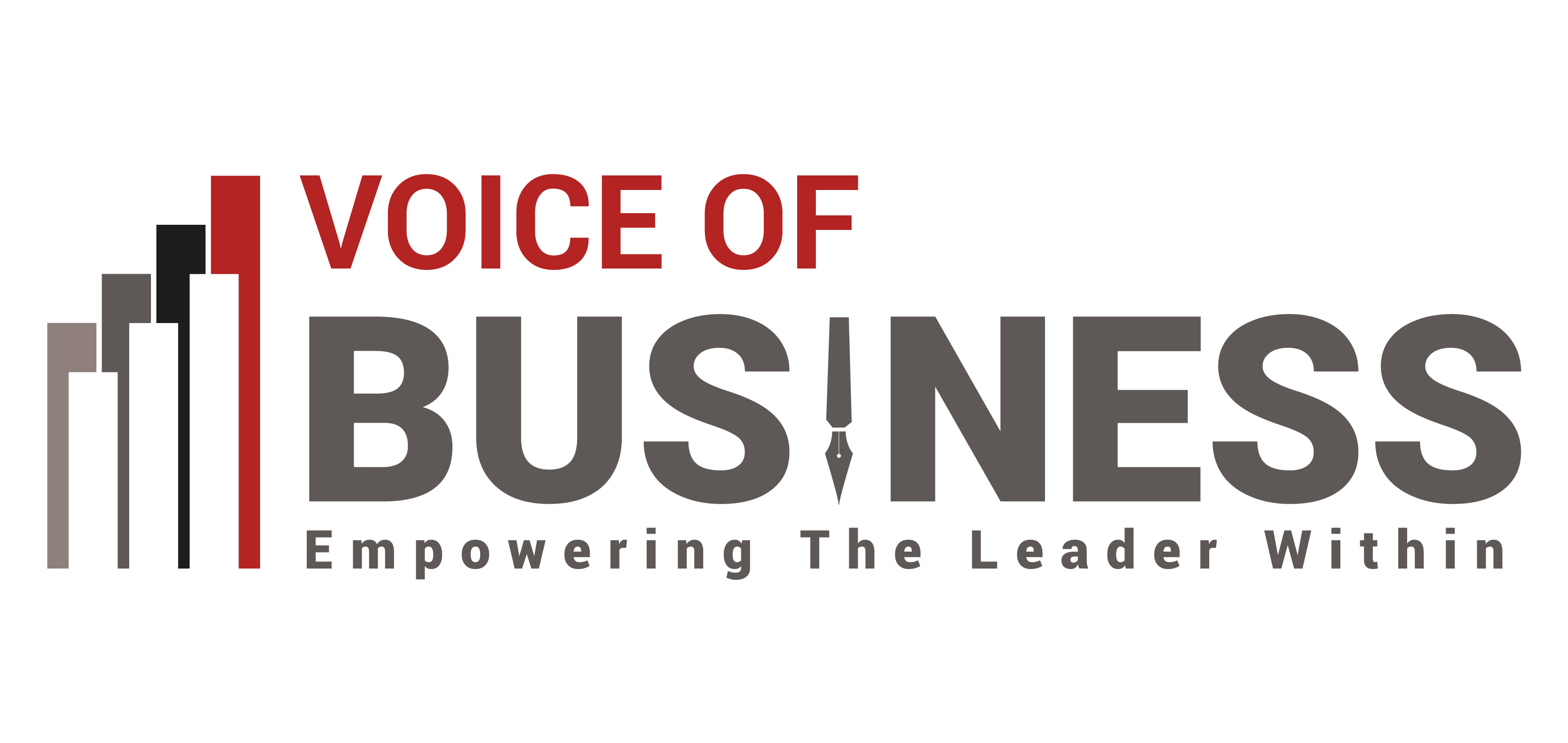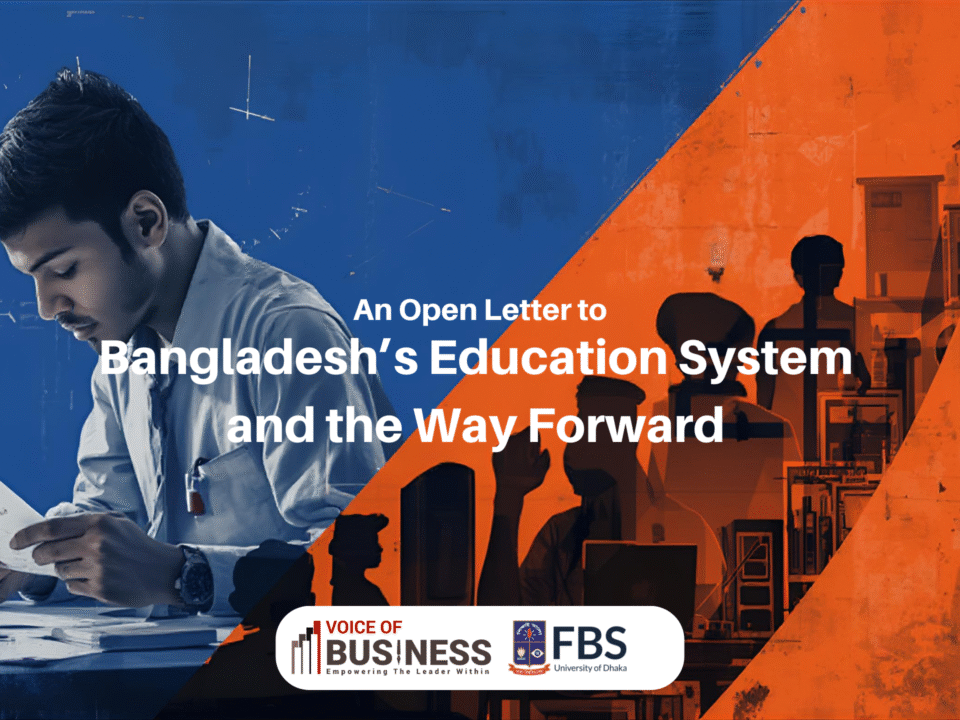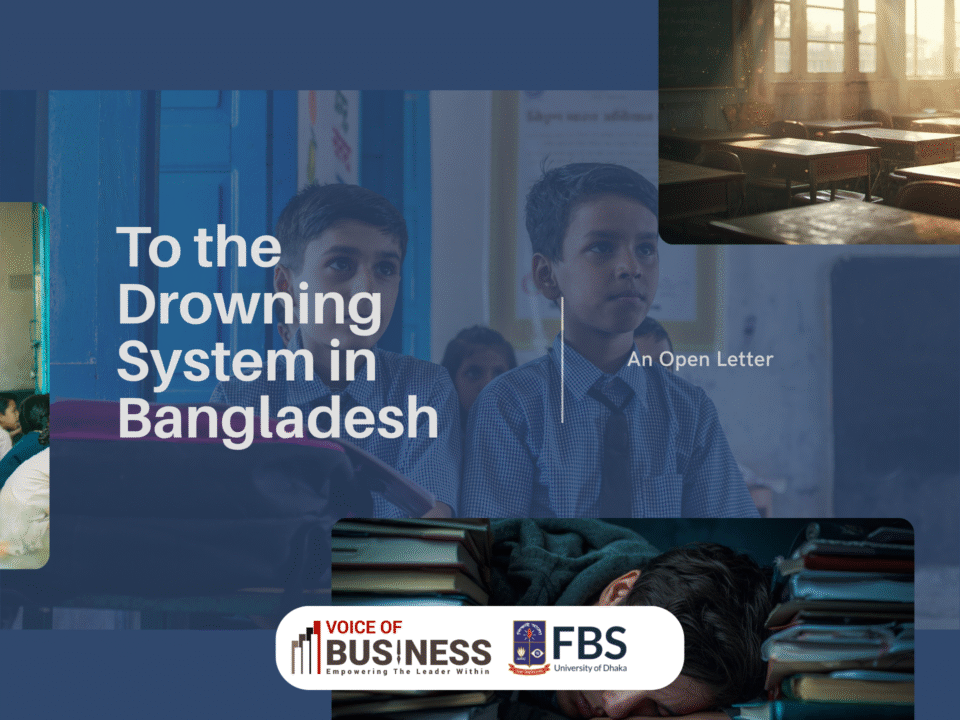“Subodh, are you alive?”

Chika Mara (Graffiti)
June 2, 2025
Inspiration, Sentiment, and, Ridicule through the Alley of Bangla Rap
June 3, 2025As an average youth of Bangladesh, my life is probably an adequate representative of the rebellious yet vegetative state the youth of Bangladesh are in right now. We see and understand everything, but we hesitate. We
hesitate to speak about it. We hesitate because we fear the consequences, but mostly we hesitate because we don’t believe it will make a difference. It is an easy and effective excuse for us to stay silent.
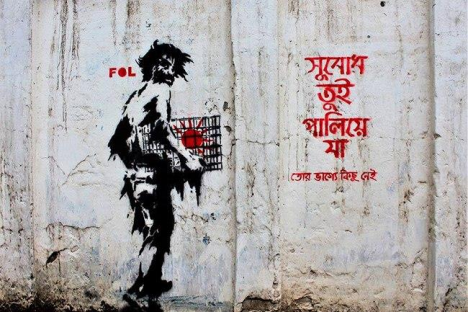
In 2017 however, an anomaly named Subodh emerged in the streets of Dhaka.
Subodh, an almost ragged young man, carries a head full of unkempt hair and a face full of beard that symbolizes his unruly nature. A man who was born on the streets of Dhaka. Through the injustice and unfairness this city projects, a young man continues his journey to survive- that is Subodh.
In a more grounded sense, Subodh is the protagonist of a series of street art and graffiti done by an anonymous artist called “Hobeki”. Subodh is a fictional character showcasing the struggles of a common man in this country. His struggles are shown in a visual way through shabby clothes, scars, and rather homeless appearance. All of the Subodh graffiti artworks are done with stencils and sprayed in a black-and-white colour scheme, the colourless scheme seemingly supporting the notion of despair and hopelessness. The only thing that has any colour in these artworks is the often present sun in the hands of Subodh.
The sun could be interpreted as a symbol of freedom, hope, and life. This makes the sun even more important for someone like Subodh, who’s consistently searching for freedom. So why is he searching for it if he already has the sun in his hands? There is a slight problem, the problem is that the sun is always caged. It is confined within a cage of sorts, symbolizing the nature of the so-called freedom we have.
So how did Subodh come to fruition? What are the inspirations?
To understand that, we have to go back in time a little. To understand the concept of modern graffiti culture. Graffiti has made its place as one of the most impactful forms of contemporary art in recent years. History suggests
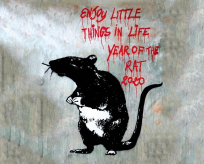
that graffiti has always been a form of expressing the defiant mindset of the general people. One of the first examples of modern graffiti artworks was a rather humorous doodle titled “Kilroy was here” which became prominent during World War 2 as American soldiers started using it to mark their presence. A much more modern approach to street art can be seen in the works of Blek Le Rat, Jean-Michel Basquiat, and Banksy. Blek le Rat in particular introduced the world to the power of stencils and sprays. This led to the emergence of a new generation of graffiti artists who adopted stencils as their primary technique, with Banksy being one of the most notable figures.
Banksy is undoubtedly the most prominent street artist out there. Banksy is an anonymous artist who made his name known globally through his out-of-the-box artworks that comment on societal and political themes people often don’t speak about. His works such as “Girl with the Balloon” and “Flower Thrower” showcase the need for peace and freedom. Banksy speaks against oppression, inequality, discrimination.
His works are often labelled as anti-establishment and anti-authoritarian as his works always challenge the societal structure and hierarchy. One of the main reasons Banksy has become so socially relevant is because of his anonymous and provocative nature. The artist’s not being visible to the public eye makes his artworks all the more interesting to look at.
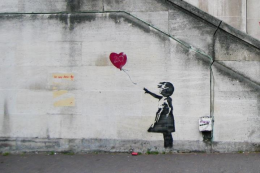
Wall art has been present in Bangladeshi culture for a long time, but in particular, street art or graffiti found its inception rather recently. During the language movement and anti-Pakistan government protests in the last century, a lot of street art circulated in the streets of Bangladesh as an expression of anger and rebellion. After liberation, much street art could be seen during the 90s Anti-Authoritarian Movement.
In recent times, Subodh has been one of the very few street artworks that has been able to generate some sort of buzz. Similar to Banksy, the artist of Subodh, Hobeki maintains an anonymous persona. It has become sort of a trademark for him. That is why a lot of people call him “Bangla’s Banksy” or “Banksy of Bangladesh”.
However, even though there are undoubtedly some striking resemblances between Banksy’s artworks and Subodh, it would be totally unfair to say that they’re similar. Sure all of these artworks come from a place of suffering, but they are fundamentally different. Banksy asks for a wind of change in his artworks. He is not satisfied with the way things are right now and he wants
it to change. He is hopeful that it will change. He asks for peace and asks for freedom. Banksy’s art resembles hope.
Whereas, Subodh is just an expression or an outcry. Subodh a lot of the time doesn’t have any hope about his situation at all. Sometimes someone asks Subodh, “tui paliye jaa, tor bhagge kichu nei” which translates to, “Run away, there’s nothing for you”. This sends a strong message. A message that this country or nation or society hasn’t been able to present Subodh anything but pain. It’s a harsh statement. But it is a statement that encompasses the despair and anguish the youth of this country feel on a constant basis. There is a huge part of the young generation that is searching for a way to leave this country. Not because they hate this country, but because they feel hopeless here. A voice, similar to the voice telling Subodh, also tells them that there’s nothing for them here. The voice tells them that their misery won’t end if they stay here. And maybe the voice is right. Hard to know.
That begs a question. Where is Subodh? In this situation when the hopelessness among youth has reached its peak, where is the symbol of struggle? Makes someone like me ask, “Subodh, are you alive?”
Author: Faiyaz ul Karim
